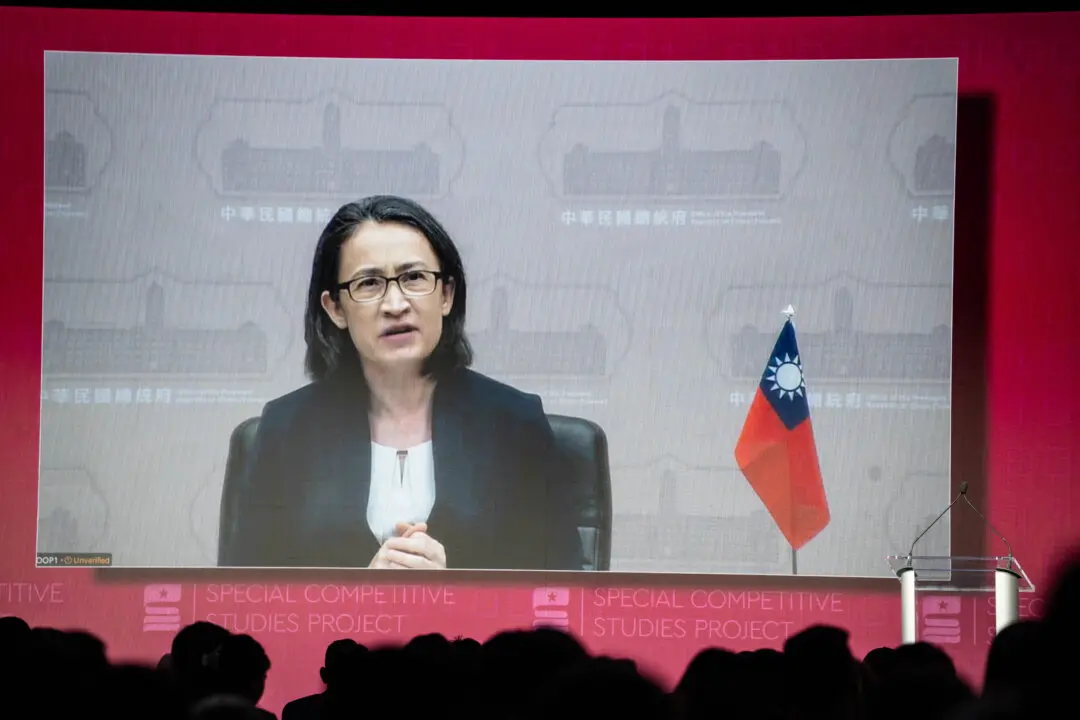Gen. Stephen Whiting, commander of U.S. Space Command, recently warned about China’s “breathtakingly fast” development of space military capabilities following his trips to South Korea and Japan.
“We are seriously focused at U.S. Space Command on our pacing challenge, which is the People’s Republic of China,” Gen. Whiting told reporters during a call from Japan on April 24.





